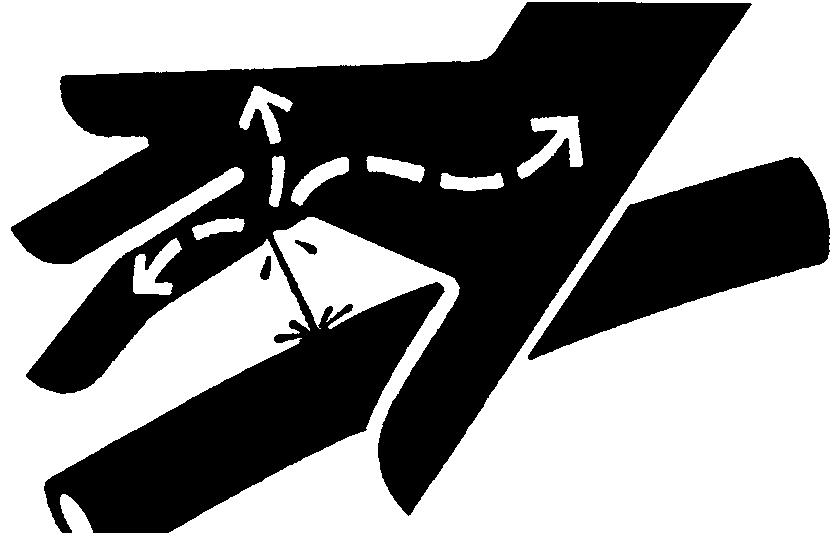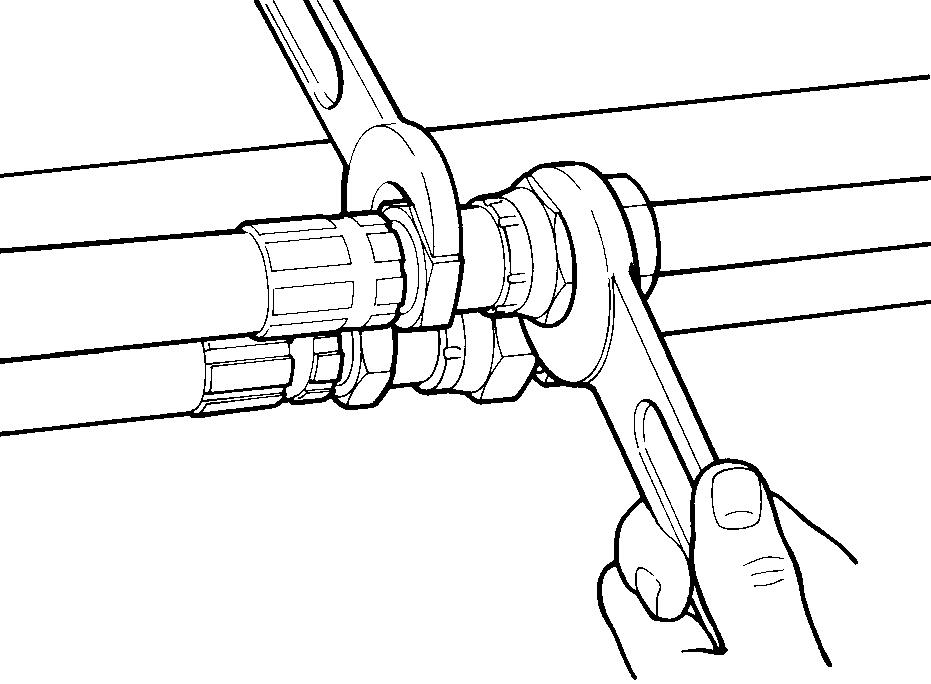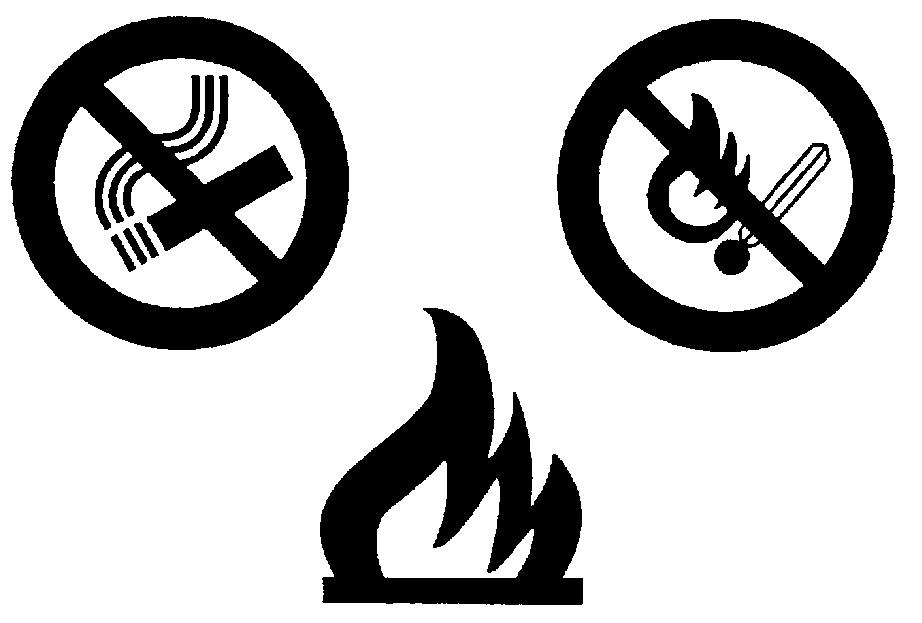CNH America LLC reserves the right to make improvements in design or changes in specifications at any time without incurring any obligation to install them on units previously sold.
All data given in this publication is subject to production variations Dimensions and weights are only approximate Illustrations do not necessarily show products in standard condition.For exact information about any particular product, please consult your Dealer
This unit first became available 05-2008
REVISION HISTORY
Issue Issue Date
01May 08
Applicable Machines
Remarks
87734623A NA
TO THE READER
This manual has been printed for a skilful engineer to supply necessary technical information to carry out service operations on this machine.
Read carefully this manual to collect correct information relevant to repair procedures.
For any question or remark, or in case of any error relevant the contents of this manual, please contact:
REFERENCES
Beyond this Repair Manual, also refer to documents listed hereunder:
Z Operator’s Manual
Z Parts Catalogue
COMPLETE REPAIR MANUAL
The complete Repair Manual consists of two volumes:
Z W50BTC - W60BTC - W70BTC - W80BTC
Repair Manual for “Wheel loaders”
Z W50BTC - W60BTC - W70BTC - W80BTC
Repair Manual for “Engine”
CNH ITALIA S.p.A. Viale delle Nazioni, 55 41100 MODENA - Italy
The Repair Manuals for “Wheel loaders” and “Engine” contain the necessary technical information to carry out service and repair on machine and on engine, necessary tools to carry out those operations and information on service standard, on procedures for connection, disconnection, disassembly and assembly of parts.
The complete Repair Manual which covers the loader models W50BTC - W60BTC - W70BTCW80BTC consists of the following volumes, which can be identified through their print number as stated below:
VOLUMEMACHINE
Repair Manual - “Wheel loaders”W50BTC - W60BTC - W70BTCW80BTC 87734623A
Repair Manual - “Engine”W50BTC - W60BTC - W70BTCW80BTC 87736548A
TO PREVENT ACCIDENTS
The majority of accidents and injuries which occur in industry, on the farm, at home or on the road, are caused by the failure of some individual to follow simple and fundamental safety rules or precautions. For this reason MOST ACCIDENTS CAN BE PREVENTED by recognizing the real cause and taking the necessary precautions, before the accident occurs.
Regardless of the care used in design and construction of any type of equipment, there may be conditions that cannot be completely safeguarded against, without interfering with reasonable accessibility and efficient operation.
A careful operator and / or technician is the best insurance against accidents. The complete observance of one simple rule would prevent many thousands of serious injuries each year.
This rule is: never attempt to clean, lubricate or adjust a machine while it is in motion.
SWARNING
Before carrying out any maintenance operation, adjustment and or repair on machines equipped with attachments, controlled hydraulically or mechanically, make sure that the attachment is lowered and safely set on the ground. If it is necessary to have the equipment partially or fully raised to gain access to certain items, be sure the equipment is suitably supported by means other than the hydraulic lift cylinders, cable and /or mechanical device used for controlling the equipment.
CNH S.p.A.
Viale delle Nazioni, 55 41100 MODENA - Italy
All rights reserved. Reproduction of text or illustrations, in whole or in part, is strictly prohibited.
- INTRODUCTION
SECTION
- ENGINE
SECTION 25 - FRONT AXLES
5.8
6.
SECTION 33 - BRAKE SYSTEM
SECTION 35 - HYDRAULIC SYSTEM
SECTION 39 - FRAME
SECTION
SECTION 82 - WORKING EQUIPMENT
1.SAFETY INSTRUCTIONS
Carefully read the safety rules contained herein and follow advised precautions to avoid potential hazards and to safeguard your safety and personal integrity.
In this manual you will find the following indications:
SWARNING
This symbol warns about the possibility of potential damages to the machine that can involve the operator’s safety.
SDANGER
With specific warnings about potential dangers for the operator’s or other persons integrity directly or indirectly involved.
The non compliance with the warning preceded by the above mentioned key-words (WARNING and DANGER) can cause serious accidents or even the death of the persons involved.
Moreover in the present Manual have been given some instructions with texts in italics, preceded by the words NOTE and CAUTION, with following meanings for machine protection:
NOTES: it emphasizes and underlines to the operator the correct technique or correct procedure to follow.
SWARNING
It warns the operator of a possible hazard of machine damage in case he does not follow a determined procedure.
Your safety and that of people around you depends on you. It is essential that you understand this manual for the correct operation, inspection, lubrication and maintenance of this machine.
2.GENERAL SAFETY INSTRUCTIONS
Carefully read this Manual before proceeding with maintenance, repairs, refuelling or other machine operations.
Repairs have to be carried out only by authorized and instructed staff; specific precautions have to be taken when grinding, welding or when using mallets or heavy hammers.
Not authorized persons are not allowed to repair or carry out maintenance on this machine. Do not carry out any work on the equipment without prior authorization.
Ask your employer about the safety instructions in force and safety equipment. Nobody is allowed to seat on the operator’s place during machine maintenance unless he is a qualified operator helping with the maintenance work. If it is necessary to move the equipment to carry out repairs or maintenance, do not lift or lower the equipment from any other position than the operator’s seat.
Never carry out any operation on the machine when the engine is running, except when specifically indicated.
Stop the engine and ensure that all pressure is relieved from hydraulic circuits before removing caps, covers, valves, etc.
All repair and maintenance operations should be carried out with the greatest care and attention. Service stairs and platforms used in a workshop or in the field should be built in compliance with the safety rules in force.
Any functional disorders, especially those affecting the safety of the machine, should therefore be rectified immediately.

2.1EMERGENCY
Be prepared for emergencies. Always keep at disposal on the machine a first aid kit and a fire extinguisher. Make sure that the fire extinguisher is serviced in accordance with the manufacturer’s instructions.

2.2EQUIPMENT
Wear close fitting clothing and safety equipment appropriate for the job:
Z safety helmet;
Z safety shoes;
Z heavy gloves;
Z reflective clothing;
Z wet weather clothing. If the environment conditions make it necessary, the following personal safety equipment should be at hand:
Z respirators (or dustproof masks);
Z ear plugs or acoustic ears protections;
Z goggles with lateral shield or masks for eyes protection.
Do not wear rings, wristwatches, jewels, unbuttoned or flapping clothing such as ties, torn clothes, scarves, open jackets or shirts with open zips which could get caught into moving parts.
2.3PLACING THE MACHINE IN SAFE CONDITIONS
Before carrying out any repair operation on this machine, place it in safe conditions.
Move the machine to a level and firm ground, away from any soft ground, excavations or poorly shored cavity.
Rest the bucket on the ground.
Place the direction-of-travel lever and gearshift lever in neutral position.
Immobilize the machine by means of the parking brake.
Stop the engine and remove the starter switch key. Release the hydraulic pressure by operating the control levers in all directions.
Place some wedges under the wheels so as to prevent the machine from moving.
Make sure that the door and the engine guard are correctly fastened and lock the operator’s compartment door.
Check that no part of the machine is protruding onto the public highway. If this cannot be avoided, install signs in compliance with the relevant regulations.
2.4ENGINE - RADIATOR
Never leave the engine run in closed spaces without ventilation and not able to evacuate toxic exhaust gases. Keep the exhaust manifold and tube free from combustion materials.
Do not refuel with the engine running, especially if hot, as this increases fire hazard in case of fuel spillage.
Never attempt to check or adjust the fan belts when the engine is running.
Never lubricate the machine with the engine running.
Pay attention to rotary pieces and do not allow to anyone to approach to avoid becoming entangled. If hands, clothes or tools get caught in the fan blades or in the transmission belt, this can cause amputations, violent tears and generate condition of serious danger; for this reason avoid touching or to come close to all rotary or moving parts.
A violent jet of the coolant from the radiator can cause damages and scalds.
If you are to check the coolant level, you have to shut off the engine previously and to let cool down the radiator and its pipes. Slowly unscrew the cap to release the inside pressure.
If necessary, remove the cap with hot engine, wear safety clothes and equipment, then loosen the cap slowly to relieve the pressure gradually.
When checking the fuel, oil and coolant levels, use exclusively explosion proof classified lamps. If this kind of lamps are not used fires or explosions may occur.


2.5HYDRAULIC SYSTEMS
Splashes of fluids under pressure can penetrate the skin causing serious injuries. Avoid this hazard by relieving pressure before disconnecting hydraulic or other lines.
Relieve the residual pressure by moving the hydraulic control levers several times.
Tighten all connections before applying pressure. To protect the eyes wear a facial shield or safety goggles.
Protect your hands and body from possible splashes of fluids under pressure.
Swallowing hydraulic oil is a severe health hazard. When hydraulic oil has been swallowed, avoid vomiting, but consult a doctor or go to a hospital. If an accident occurs, see a doctor familiar with this type of injury immediately.
Any fluid penetrating the skin must be removed within few hours to avoid serious infections.
Flammable splashes may originate because of the heat near pipes with fluids under pressure, with the result of serious scalds for the persons hit. Do not weld or use torches near pipes containing fluids or other flammable materials.
Pipes under pressure can accidentally be pierced when the heat expands beyond the area immediately heated.
Arrange for fire resistant temporary shields to protect hoses or other components during welding. Have any visible leakage repaired immediately. Escaping oil pollutes the environment. Soak up any oil that has escaped with a proper binding agent. Sweep up binding agent and dispose of it separately from other waste.
Never search for leakages with the fingers, but use a piece of cardboard and always wear goggles. Never repair damaged piping; always replace it. Replace hydraulic hoses immediately on detecting any damage or leak.
Always store hydraulic oil in the original containers.


HOSES AND TUBES
Always replace hoses and tubes if the cone end or the end connections on the hose are damaged. When installing a new hose, loosely connect each end and make sure the hose takes up the designed position before tightening the connections. Clamps should be tightened sufficiently to hold the hose without crushing and to prevent chafing.
After hose replacement to a moving component, check that the hose does not foul by moving the component through the complete range of travel. Be sure any hose which has been installed is not kinked or twisted.
Hose connections which are damaged, dented, crushed or leaking, restrict oil flow and the productivity of the components being served. Connectors which show signs of movement from the original position have failed and will ultimately separate completely.
A hose with a frayed outer sheath will allow the water penetration. Concealed corrosion of the wire reinforcement will subsequently occur along the hose length with resultant hose failure.
Ballooning of the hose indicates an internal leakage due to structural failure. This condition rapidly deteriorates and total hose failure soon occurs.
Kinked, crushed, stretched or deformed hoses generally suffer internal structural damage which can result in oil restriction, a reduction in the speed of operation and ultimate hose failure.
Free-moving, unsupported hoses must never be allowed to touch each other or related working surfaces. This causes chafing which reduces hose life.
O-RINGS
Replace O-rings, seal rings and gaskets whenever they are disassembled. Never mix new and old seals or O-rings, regardless of condition. Always lubricate new seal rings and Orings with hydraulic oil before installation to relevant seats.
This will prevent the O-rings from rolling over and twisting during mounting which will jeopardize sealing.

2.6BATTERY
Batteries give off explosive gases. Never handle naked flames and unshielded light sources near batteries, never smoke.
To prevent any risk of explosion, observe the following instructions:
Z when disconnecting the battery cables, always disconnect the negative (-) cable first;
Z to reconnect the battery cables, always connect the negative (-) cable last;
Z never short-circuit the battery terminals with metal objects;
Z do not weld, grind or smoke near a battery. Battery electrolyte causes severe burns. The battery contains sulphuric acid. Avoid any contact with the skin, eyes or clothing.
Antidote:
Z EXTERNAL: rinse well with water, removing any soiled clothing.
Z INTERNAL: avoid vomiting. Drink water to rinse your mouth. Consult a doctor.
Z EYES: rinse abundantly with water for 15 minutes and consult a doctor.
Z When the electrolyte of a battery is frozen, it can explode if you attempt to charge the battery or if you try to start the engine using a booster battery. Always keep the battery charged to prevent the electrolyte freezing.
Provide good ventilation when changing a battery or using a battery in an enclosed space. Always protect your eyes when working near a battery. Never set tools down on the battery. They may induce a short circuit, causing irreparable damage to the battery and injuring persons.
Never wear metal necklaces, bracelets or watchstraps when working on the battery. The metal parts may induce a short circuit resulting in burns. Dispose of used batteries separately from other waste in the interests of environmental protection.




NOTE: If there is no response to click on the link above, please download the PDF document first, and then click on it. Have any questions please
